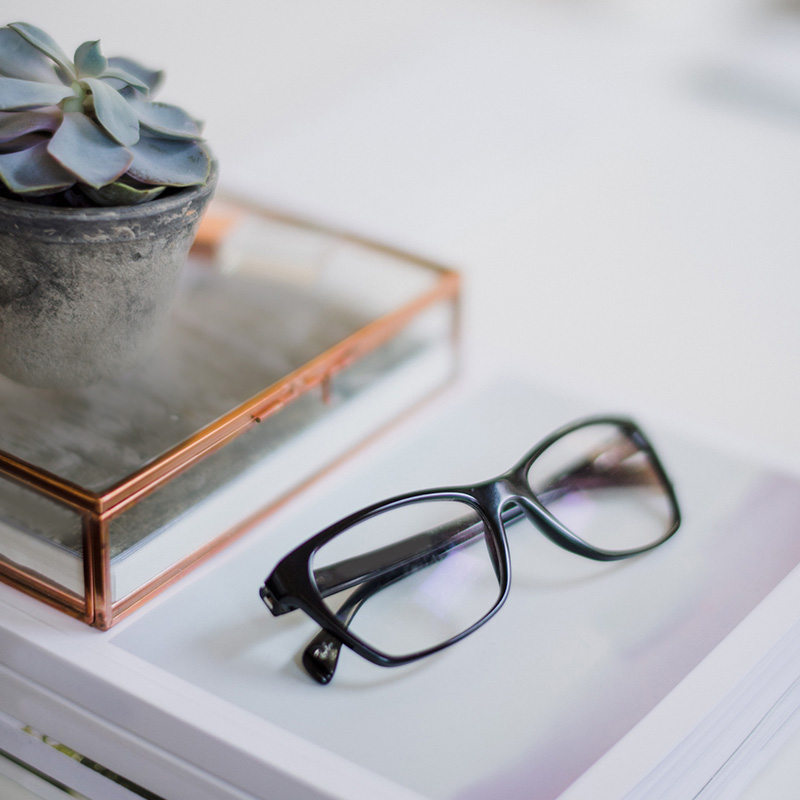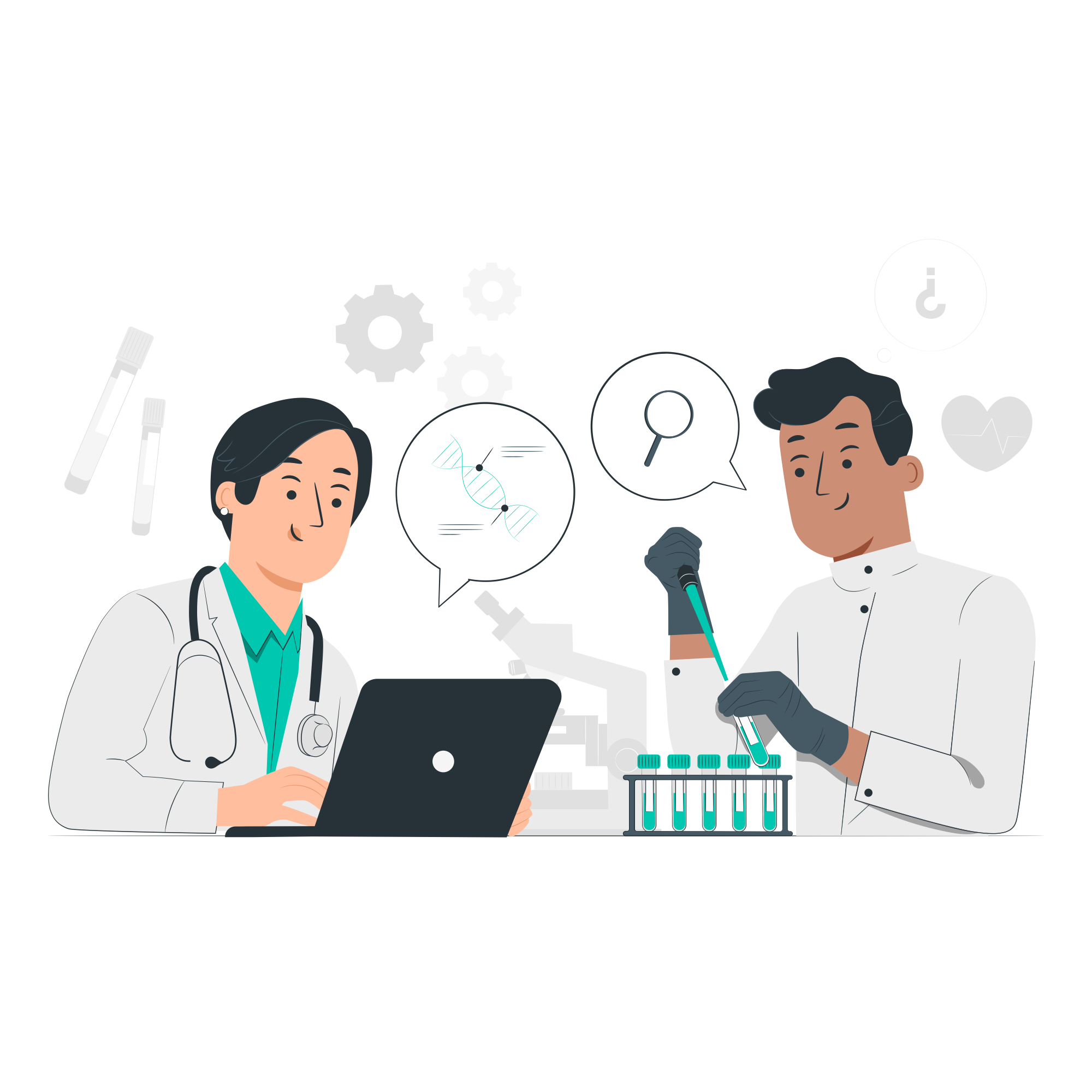[et_pb_section admin_label=”section”]
[et_pb_row admin_label=”row”]
[et_pb_column type=”4_4″][et_pb_text admin_label=”Text”]
An overhaul of European medical device regulations comes into force on May 26, 2021 (European Regulation 2017/745). We would like to take this opportunity to provide you with our advice on understanding the issues and particularities of patent protection for these medical technologies.
The medical device industry (otherwise known as MedTech) has been growing steadily over the past 10 years. This is reflected in a significant increase in patent filings, particularly with the European Patent Office, where medical technologies are expected to top the list of patent applications in 2020.
What are medical devices?
A medical device is “an instrument, apparatus, equipment or software intended by its manufacturer to be used in human beings for the purpose of clinical diagnosis by a physician, or for the prevention, control, treatment or alleviation of disease or injury”(Ministry of Solidarity and Health).
Innovation in healthcare is therefore not limited to the development of new drugs, but can also take the form of small swallowing devices, medical robots or replacement joints such as mechanical heart valves, for example.
Because of their design, these medical devices are often at the crossroads of several technical fields, such as biology, mechanics, IT and electronics, and therefore require complementary technical skills.
With YesMyPatent and its network of consultants with a minimum of 10 years’ experience in at least one of these technical fields, you can be sure of being supported by a team of specialists from different technical backgrounds, working together to provide the best possible protection for your medical device.
Regulations – Regulation 2017/745
👉🏼 https://eur-lex.europa.eu/legal-content/FR/TXT/PDF/?uri=CELEX:32017R0745
“This regulation, signed in April 2017, defines a legal framework on medical devices and specifies what is and what is not allowed regarding their use. The manufacture and marketing of these devices are also addressed, reinforcing their safety measures. The scope of this regulation has also been extended to include software that is either part of, or an integral part of, medical devices.
In short, this regulation adapts classification rules and clarifies and details the obligations and responsibilities of economic operators. Notified bodies will also be placed under European control, and will have to meet stricter specifications in terms of competence and control.
Vigilance will also be improved, with the introduction of a post-marketing surveillance system. Finally, transparency and traceability will be improved, notably with the creation of a European database of medical devices that will be accessible to the public and provide better knowledge of the market, incidents and clinical investigations.”
Patent protection for medical devices: definition
Patent protection confers on the owner a monopoly of exploitation for a period of 20 years from the date of filing of the patent application, enabling him to prohibit the exploitation of his invention by a third party without his authorization within the territory covered by the patent.
Read also 👉🏻Innovation: 4 reasons to apply for a patent
The invention covered must be a technical solution to a technical problem, which must meet the two major criteria for patentability, namely novelty and inventive step.
The criterion of novelty requires that the invention has not been made available to the public before the filing date of the patent application, either by written or oral description, use or any other means (including at a congress attended by professionals in the trade).
Inventive step is a criterion which requires that the invention is not obviously deducible from elements known before the filing date of the patent application, alone or in combination.
In addition, with regard to devices and methods used in medical practice, an important complementary criterion is non-exclusion from patentability. This exclusion from patentability relates specifically to methods of surgical or therapeutic treatment of the human or animal body, and to diagnostic methods applied to the human or animal body. This provision does not apply to products, in particular substances or compositions, for the implementation of one of these methods. Consequently, surgical, therapeutic or diagnostic instruments and apparatus to be used in these methods can be patented.
For more information on patentability criteria, please read the following article on the YesMyPatent website: “Filing a patent: The arrival of the inventive step criterion”.
Example of a medical device: YesMyGlasses connected glasses
As briefly mentioned above, most medical devices contain a combination of different technologies from different fields. Complementary technical skills are therefore required to provide the best possible patent protection for your device.

To give you a better idea of the ins and outs of patent protection for a medical device, we’re going to use a fictitious invention: a pair of glasses that uses a processor containing a computer process to produce self-evolving corrective lenses that continuously adapt to each patient’s eyesight, thus creating a pair of glasses with a constant, adequate correction, whatever the patient’s pathology (presbyopia, astigmatism, myopia or hyperopia).
In this case, various specialists may be called upon to contribute their expertise to the drafting of the various parts of the patent application:
- Protecting the therapeutic aspects of correcting a patient’s vision by adapting to his or her visual impairment is the responsibility of a medical and life sciences specialist;
- The technical design of the device, i.e. the temples, the frame and the deformation of the lenses, requires a specialist in mechanics;
- The software part of the invention, including the method implemented by the glasses processor, requires a computer specialist;
- The processor and its implementation in the eyewear, as well as the link with the corrective lenses, require the services of an electronics engineer.
Patent protection for the device
Claims are the part of a patent that defines the protection it provides. They must relate to the technical aspects of the invention.
In the case of the eyewear exemplified here, the various features that appear to be protectable include the method (implemented by an on-board processor) for determining the patient’s eyesight and adjusting the correction, the eyewear device for correcting the patient’s eyesight, and the use of this device for the purpose of correcting the patient’s eyesight.
Example of drafting independent claims (independent of existing prior art)
1 – A method, implemented by an on-board processor within at least one arm of an eyewear device, of determining a patient’s eyesight and the necessary correction thereof, the eyewear device comprising two corrective lenses connected to the processor, each lens including an element capable of continuously scanning a patient’s retina, the method comprising the steps of :
– Receive retinal scan data to determine a patient’s ametropia;
– Determination, based on the retinal scan data received, of the correction required for said patient.
2 – Spectacle device for correcting ametropias comprising :
– Two branches, at least one of said branches comprising a processor configured to implement the steps of the method according to claim 1 ;
– Two corrective lenses connected to the processor, each comprising an element capable of continuously scanning a patient’s retina, and each configured so that their curvature is modifiable as a function of the data collected by said processor.
3 – Use of the device according to claim 2 to constantly maintain a patient’s eyesight at 10/10.
Complementary patent protection for your medical device

Design protection
The appearance of a product or its parts, characterized in particular by its lines, contours, colors, shape, texture or materials, may be protected as a design. These characteristics may be those of the product itself or of its ornamentation.
Designs are protected for 25 years, in 5-year increments.
This type of protection protects the visual aspect of your medical device. In our example, design protection protects the design of the eyewear, and guards against potential counterfeiters reproducing the appearance of the eyewear.
Protection under trademark law
A trademark is made up of all signs, in particular words (including personal names), designs, letters, numbers, colors and the shape of a product.
Trademark protection lasts for 10 years from the date of filing, and is renewable indefinitely by means of a renewal fee.
This type of protection allows you to protect the trade name of your medical device, its logo, or any associated domain name. In the case of our glasses, the name YesMyGlasses could be protected as a trademark, so that no third party can use the name for a similar or related use.
Copyright protection
Software source code is protected by copyright, whose economic rights are transferable and valid for 70 years after the author’s death.
The automatic protection acquired upon creation can be supplemented by filing with theProgram Protection AgencyThis enables the code’s creation to be effectively dated. In our example, the source code introduced into the processor is protected by copyright.
RGPD
The medical device software enables health data to be collected in databases. These databases are governed by the General Data Protection Regulation (GDPR) with the aim of making the entity collecting and processing the data accountable to the people to whom this data is collected.
Health data is said to be “sensitive” within the meaning of Article 9 of the GDPR, in the same way as religious or political opinions, or even sexual orientation. The new Regulation 2017/745, discussed above, establishes a legal framework that imposes new software-specific classification rules.
Not all software applications intended for use with medical devices in the healthcare sector can be qualified as medical devices as such. It is therefore up to the manufacturer to consider the nature of his product upstream, bearing in mind that the regulations have considerably increased the level of control over medical device software following the entry into force of these new classification rules.
Marketing authorization (MA) and supplementary protection certificate (SPC)
Unlike medicines, medical devices are not subject to the marketing authorization procedure. As a reminder, a marketing authorization application covers all stages in the manufacture of the drug, its efficacy, and the side effects observed during the various clinical phases.
The SPC is a title in its own right, allowing the duration of a patent to be extended by a maximum of 5 years. Only a substance that has received marketing authorization can be the subject of a SPC, in accordance with article 2 of regulation 469/2009 of May 6, 2009.
As a medical device does not meet the definition of a drug, it is not eligible for marketing authorization.
The alternative proposed for these medical technologies in order to put them on the market is CE conformity certification.
The CE mark certifies that a medical device complies with the regulations and directives in force within the European Union. Under no circumstances is it an indication of the device’s geographical origin, as is often assumed.
This is the last step to be taken once the product is ready for launch, so that production processes can be launched before the product goes on sale.
CE conformity certification for a medical device incorporating a pharmacologically active substance cannot be equated with a marketing authorization, even if the said substance has undergone a similar evaluation.
As CE marking is not a marketing authorization, it is not possible to obtain a CCP on the basis of a medical device that has obtained this certification of conformity.
[/et_pb_text][/et_pb_column]
[/et_pb_row]
[/et_pb_section]
